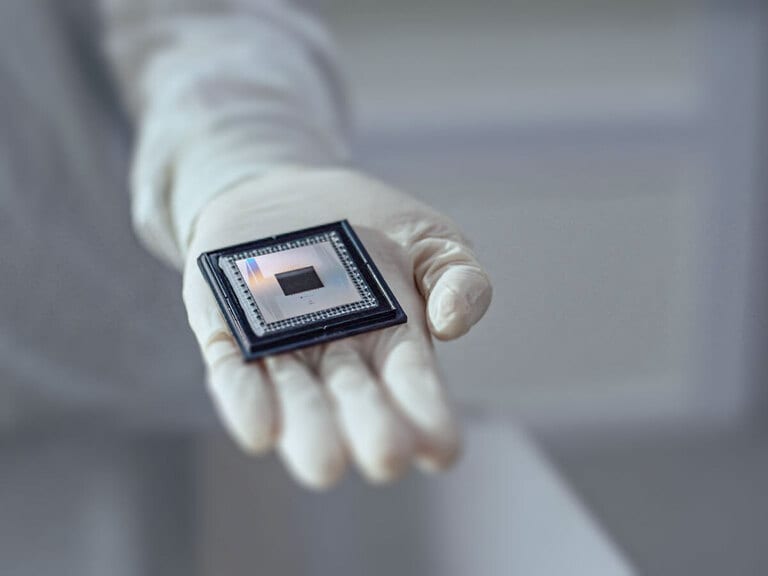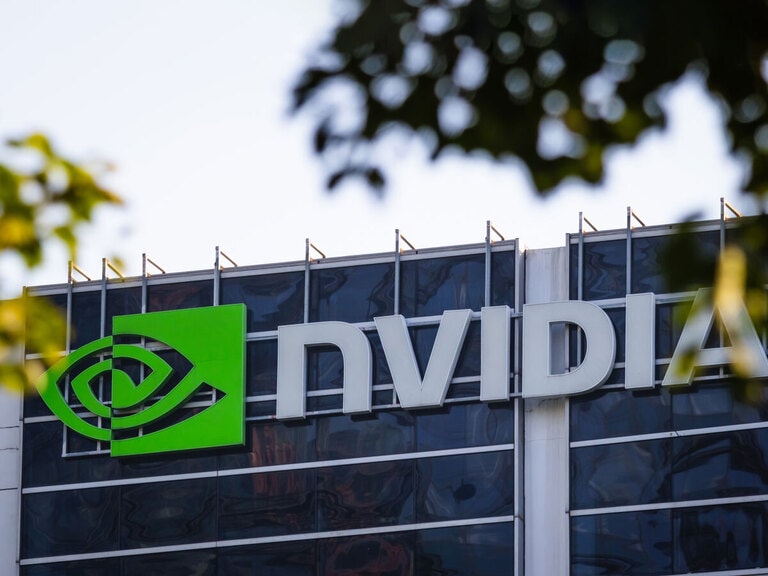Food delivery by drones is taking off, but airborne groceries remain a long way from reality for the majority of shoppers. In the meantime, an investment case is being developed for the use of drones as a way to make agriculture more efficient and sustainable – as Diageo is doing when it comes to tequila farming.
- Drinks maker Diageo is showing what’s possible when drones and agriculture combine.
- Demand for more sustainable food production will drive demand for drones.
- The AdvisorShares Drone Technology ETF is up 7% in the past six months.
Unmanned aerial vehicles have been in the headlines in recent months as a result of their deployment in the war in Ukraine. But a more constructive use case relates to the potential of drone mapping to transform a wide range of industries.
Unmanned aerial vehicles have been in the headlines in recent months as a result of their deployment in the war in Ukraine. But a more constructive use case relates to the potential of drone mapping to transform a wide range of industries.
Take agriculture. In many parts of the world, rising temperatures and unpredictable extreme heat events are resulting in drought conditions. On top of this, rapid urbanisation means there’s less and less arable land. The global population is expected to hit 9.7 billion by 2050, by which point half of the world will be affected by water shortages.
The challenges faced by the global agriculture industry are driving calls for the development of more sustainable food production methods, which could help land be used optimally and reduce water waste in the process.
Drones, combined with big data, sensors and other automated technology, are expected to play a key role in this. They are already “giving agriculture a high-tech makeover”, according to a July 2022 report by Boston Consulting Group (BCG) and robotics company XAG.
“As the technology matures, they have been increasingly used in field work to replace traditional agricultural machinery due to their efficiency and lower energy cost,” noted the authors, led by BCG managing director Fang Ruan.
Targeting inefficiencies in tequila farming
US defence contractor AeroVironment [AVAV] is one of the companies that has been at the forefront of precision agriculture. Though its blockbuster product is its kamikaze Switchblade series, its Quantix Mapper solution can be used to monitor crop growth or damage to crops during storms, floods or fires.
An example of precision agriculture in action is drinks maker Diageo’s [DGE.L] use of drones to collect and monitor data on agave plants, the primary ingredient in tequila. The data is used to build a picture of which agave plants require pesticide, fertiliser and water to ensure resources are only being used when absolutely necessary.
“As the demand for tequila continues to grow, we want to be able to increase our farming efficiency, but in a way that is also kind to the planet. This initiative is a perfect example of the two coming together,” said Diageo’s chief sustainability officer Ewan Andrew in a press release in April.
Diageo’s deployment of drones is part of the company’s 2030 ESG action plan that includes a pledge to “reduce its water use in water-stressed areas by 40% by 2030 and by 30% in all other areas”.
Agriculture drone demand primed for growth
Demand for drones for use in agriculture, like AeroVironment’s Quantix Mapper, could be due for explosive growth.
The global agriculture drone market is forecast to be worth $24.9bn by 2030, growing at a CAGR of 29.30% from 2022’s level, according to a study by Market Research Future published at the end of May. The research highlighted both AeroVironment and Diageo’s work in agave farming.
While growth in agriculture drones is set to be driven by demand to make food production more sustainable, the BGC-XAG report points out that pandemic-induced labour shortages have put pressure on the agriculture industry to invest in technology and automate wherever possible.
Regulations could hinder near-term drone adoption
Despite the expected acceleration in drone adoption for agriculture mapping and crop monitoring, the market could be held back by concerns that drones will lead to farming job losses, threaten food safety or violate data privacy rules.
The BCG-XAG report points out that pesticide spraying on farms — ‘crop dusting’ — using drones has been made illegal in India. Elsewhere, the US Federal Aviation Administration’s regulations state that drones can’t be flown above a height of 400 feet, which could potentially limit their use in monitoring and mapping crops, while China and Japan have placed limitations on the maximum loading capacity of commercial drones.
A favourable regulatory environment will be key if drone adoption is to properly take flight in the agriculture industry. The government will have to “be more agile, flexible, and forward-looking in policy making [and] track and monitor the development of the agtech market and provide regulatory support to guide and facilitate its growth,” argued the authors of the BCG-XAG report.
AI could strengthen crop resilience
As pressure ramps up on the agriculture and food industries to become more sustainable, artificial intelligence (AI) will likely play a key role in helping to secure food supply chains.
Drones powered by AI will support the production of climate-resilient crops by analysing genetic data and then identifying traits that make crops more resistant to extreme heat, drought and pests. Canadian start-up Precision AI is one company exploring just this.
Though the use of drones in agriculture is still in its nascent stage, demand will help to drive the investment case in the years and decades to come.
“Innovative solutions for increasing food production and enhancing access to clean water can help meet sustenance goals in a sustainable way,” wrote James Ferraioli, market strategist at Morgan Stanley, last month. Ferraioli names innovative solutions that address the food security challenge as one of three themes to invest in for the next bull market.
Funds in focus: AdvisorShares Drone Technology ETF
The AdvisorShares Drone Technology ETF [UAV], which holds AeroVironment, is weighted heavily in favour of the industrials sector (78.2%), with information technology (IT; 17.3%) and consumer discretionary (4.5%) accounting for the rest of the portfolio as of 30 April. The fund is down 8.6% in the past year and up 7.1% in the past six months.
The Ark Space Exploration & Innovation ETF [ARKX] offers exposure to companies that are involved in or benefit from aerospace activities, such as agriculture, construction, internet access and GPS technology. As of 31 March, 55.1% of its portfolio is allocated to the industrials sector, while IT accounts for 24.50%. Communication services and consumer discretionary make up 10.40% and 4.00% respectively. The fund is down 8.3% in the past year, but up 2.6% in the past six months.
The iShares US Aerospace & Defense ETF [ITA] holds a number of drone companies, including AeroVironment. The fund is focused primarily on those within aerospace and defence (97.50%), with minor exposures to industrial machinery and supplies (1.76%) and leisure products (0.44%). The fund is up 8.4% in the past year, though down 1.7% in the past six months.
Continue reading for FREE
- Includes free newsletter updates, unsubscribe anytime. Privacy policy





